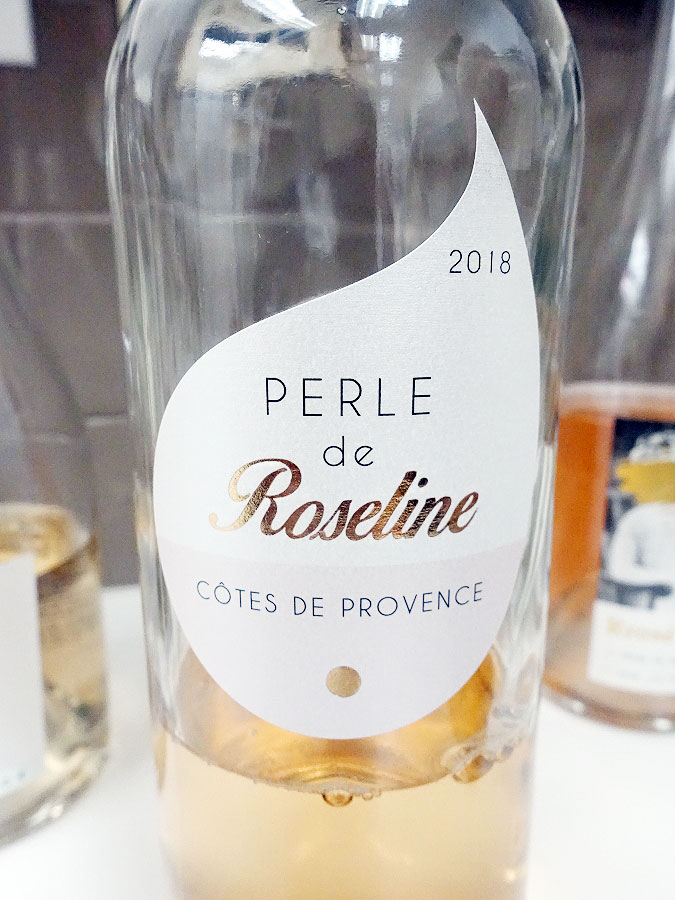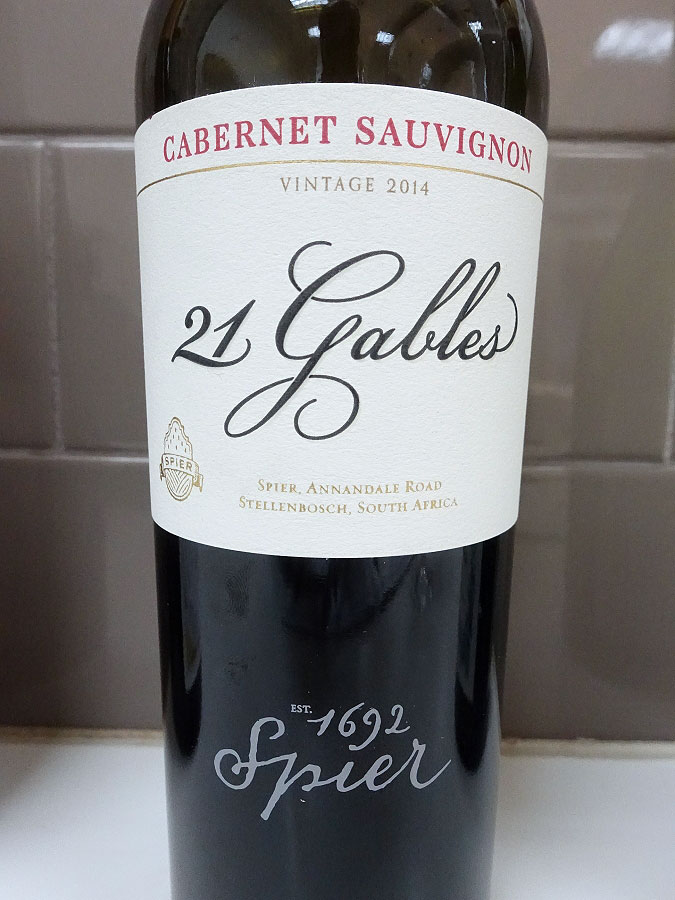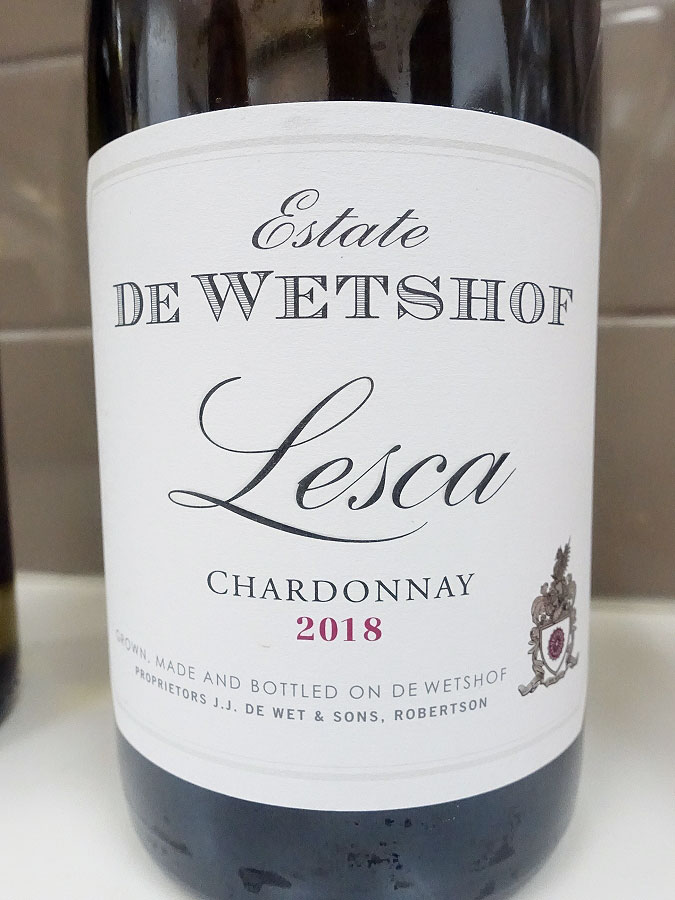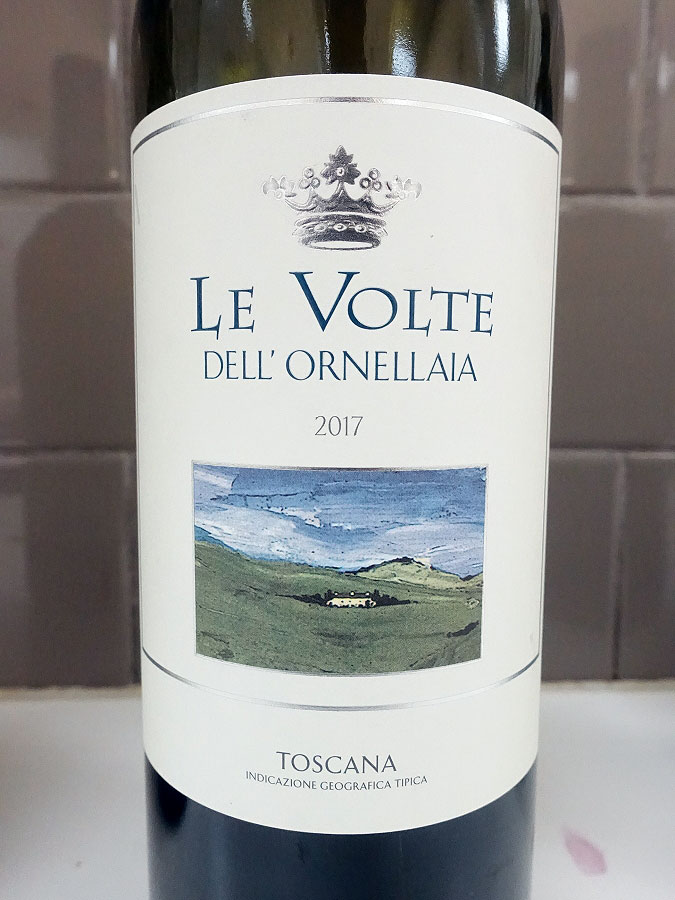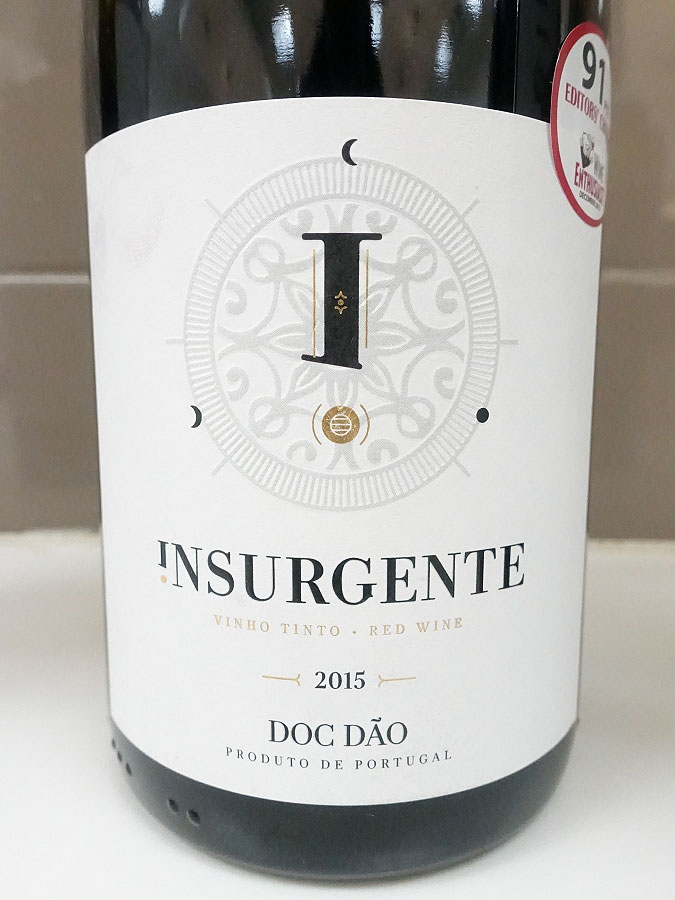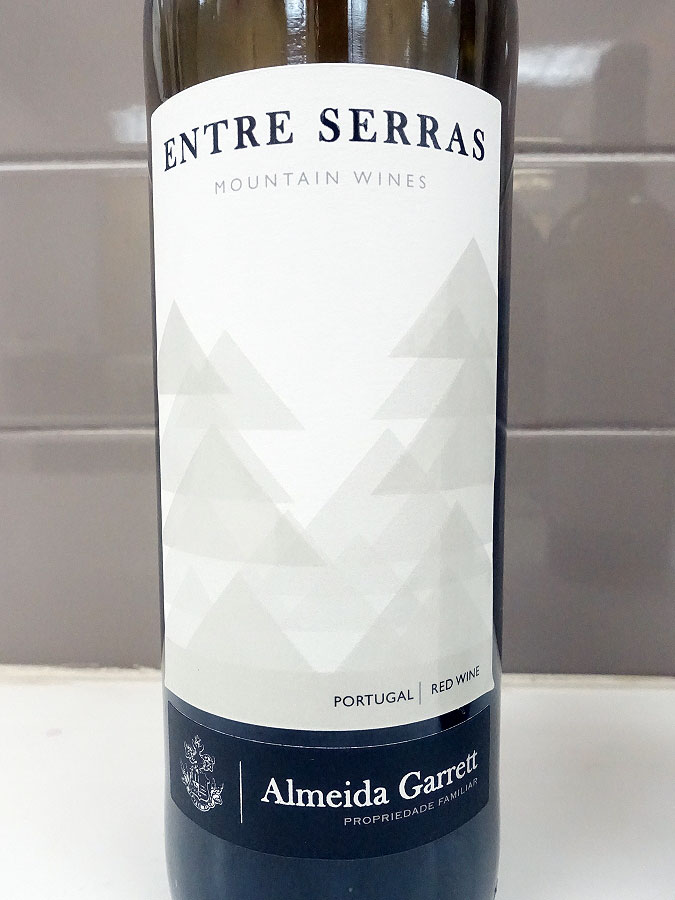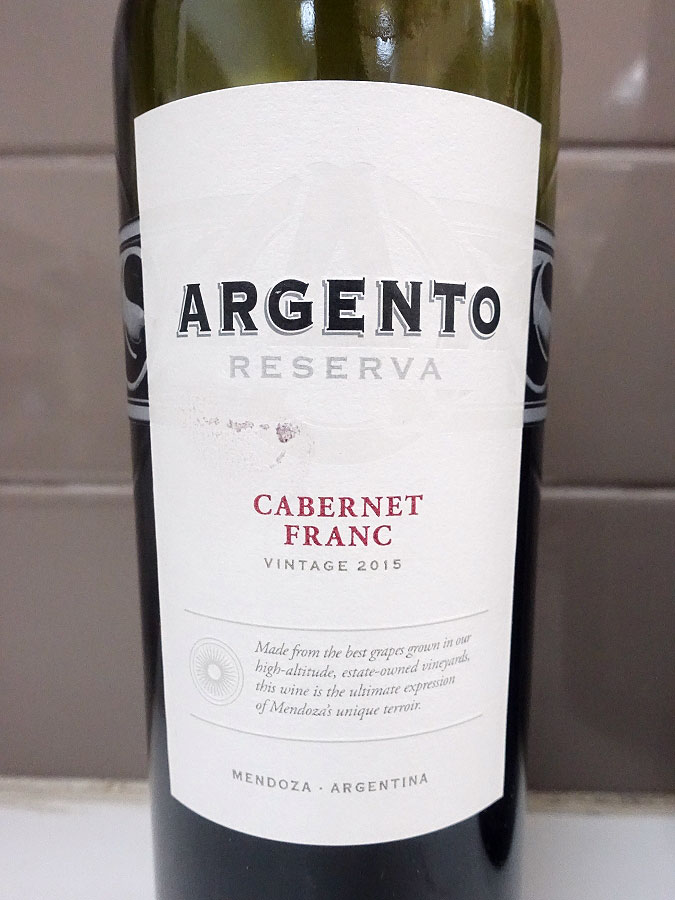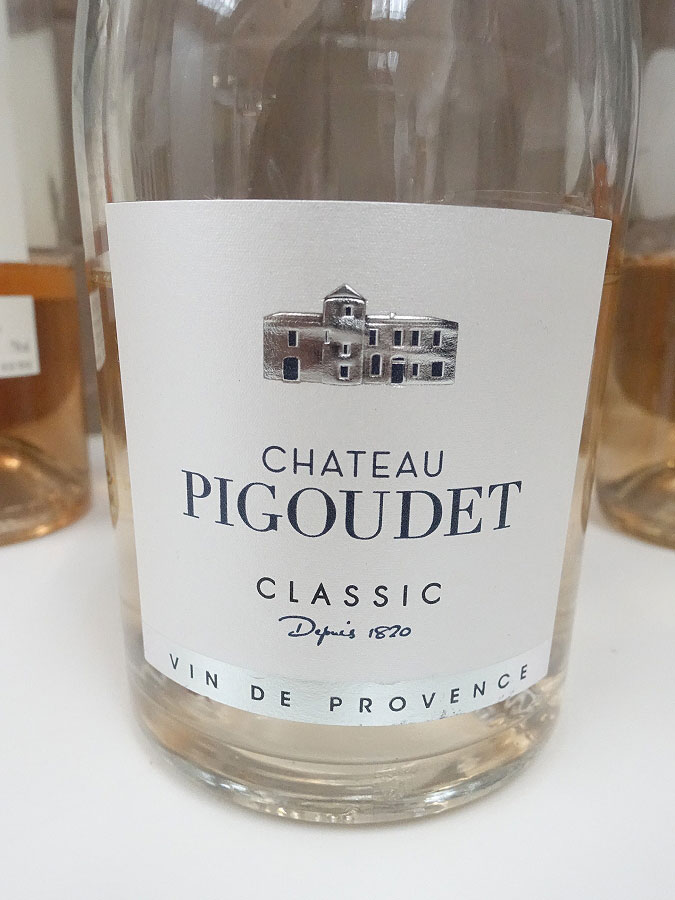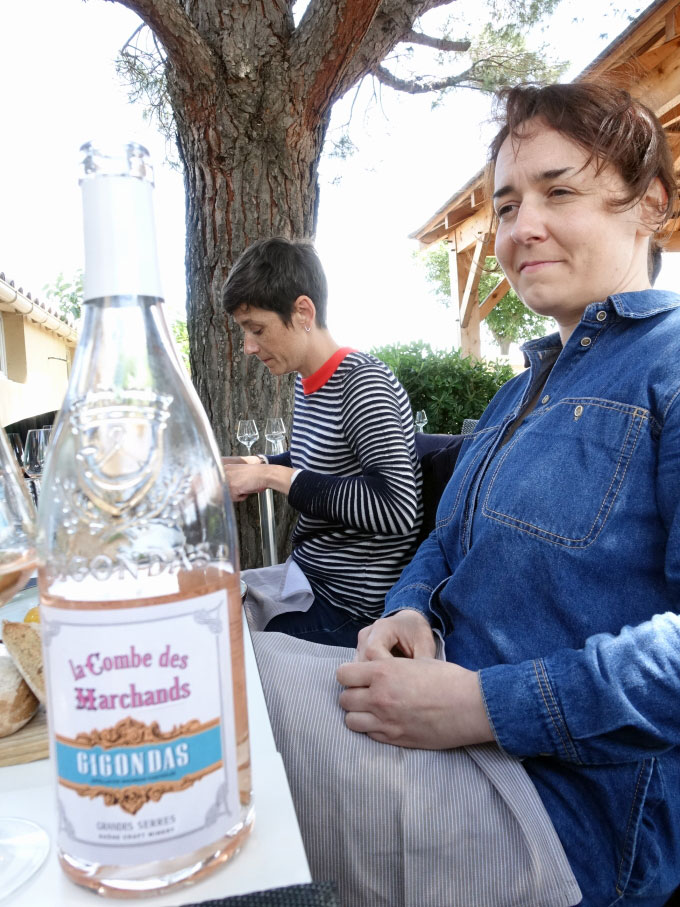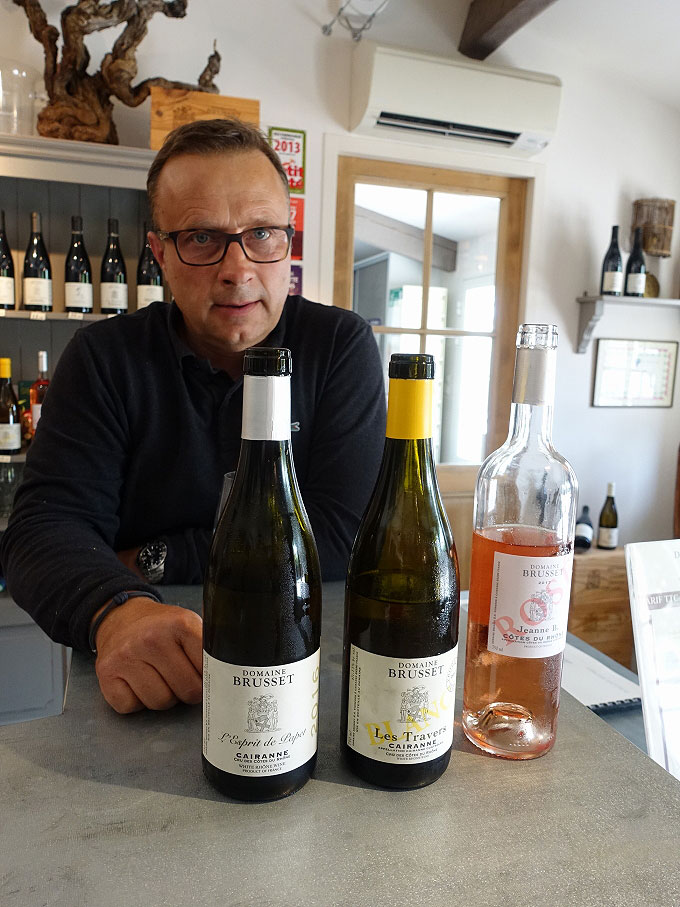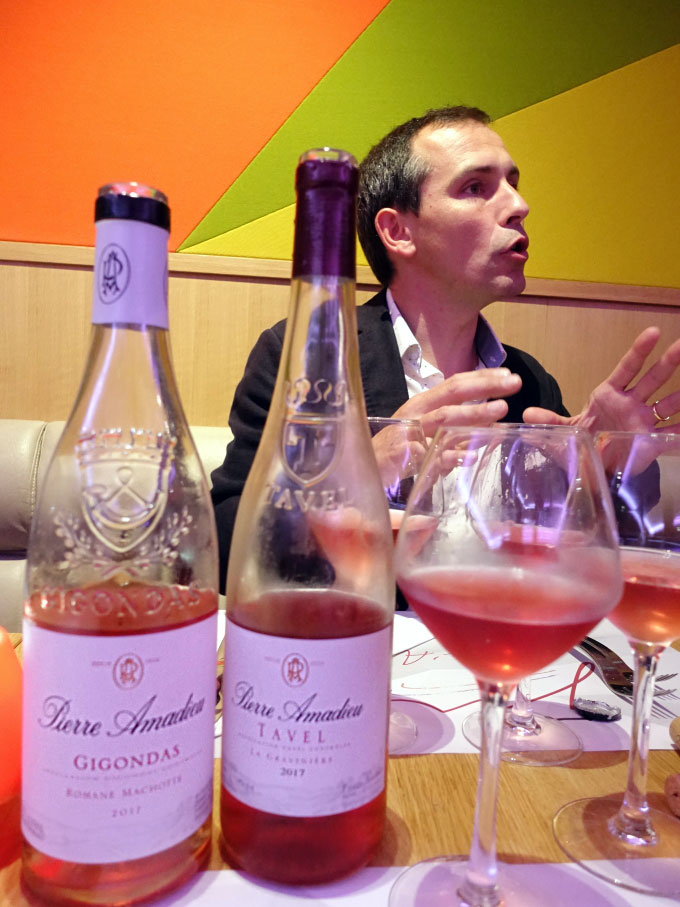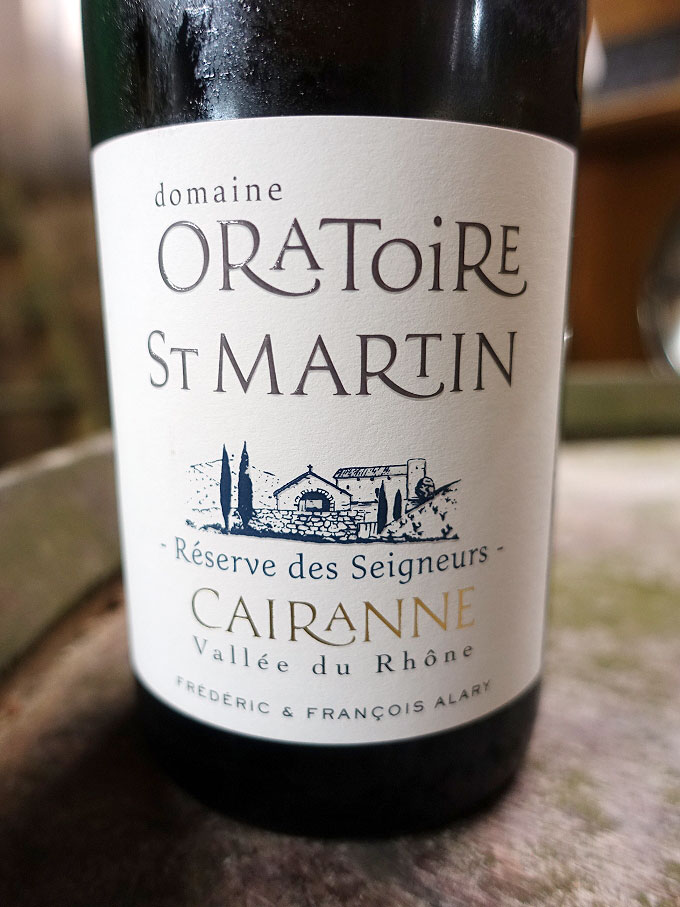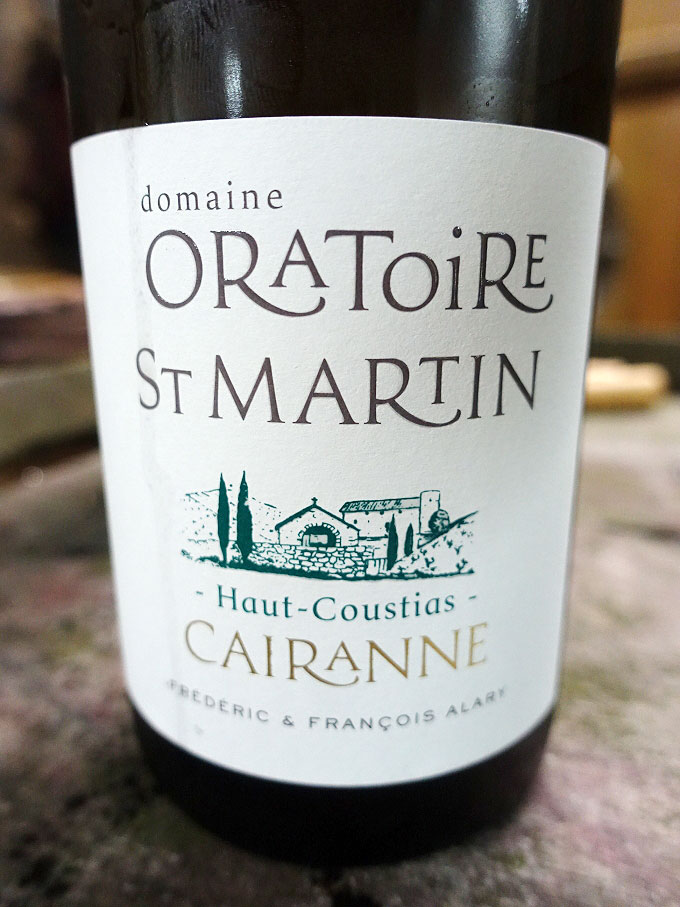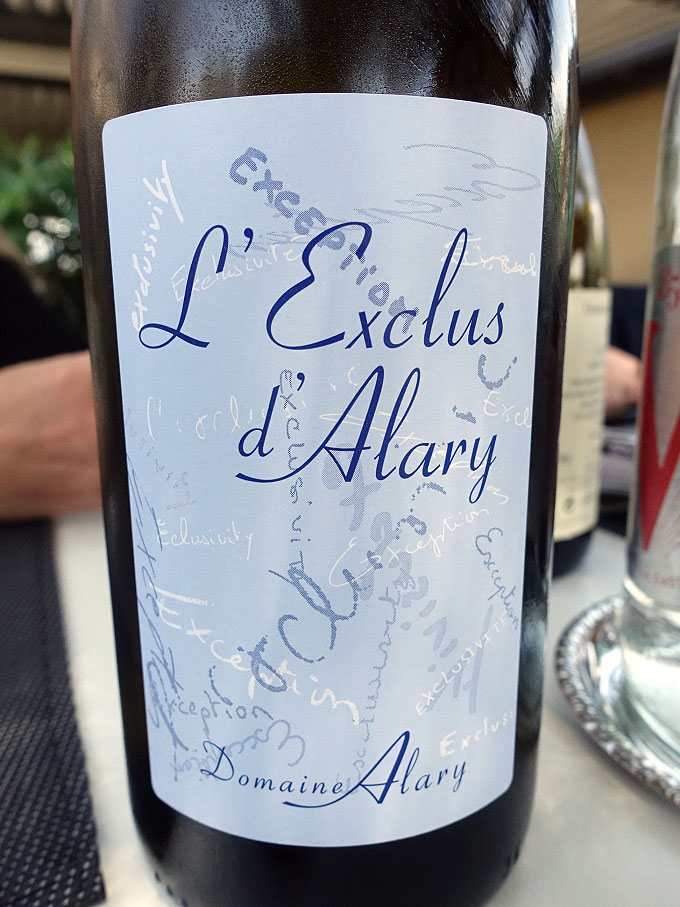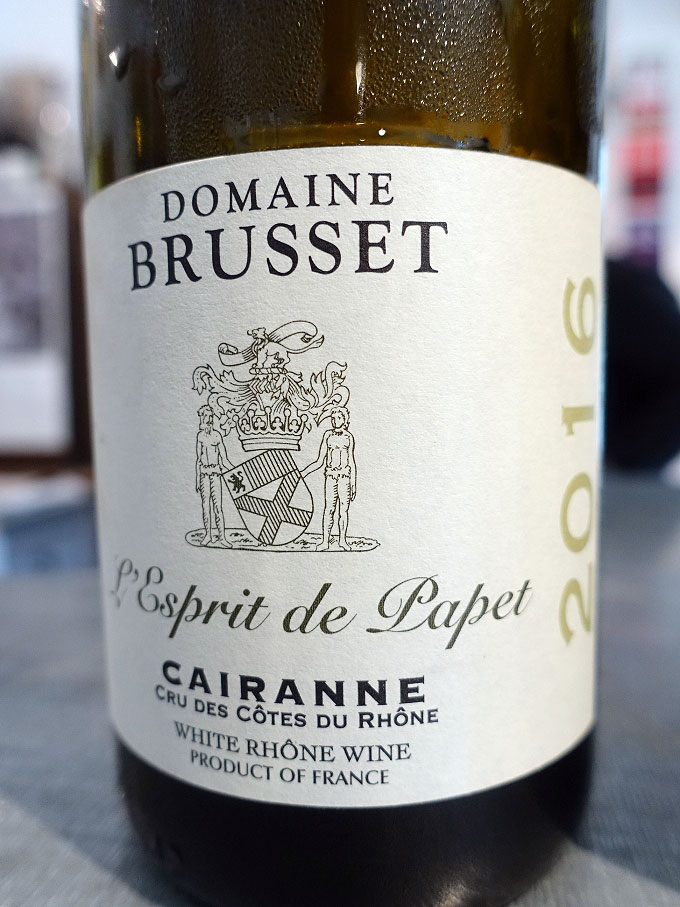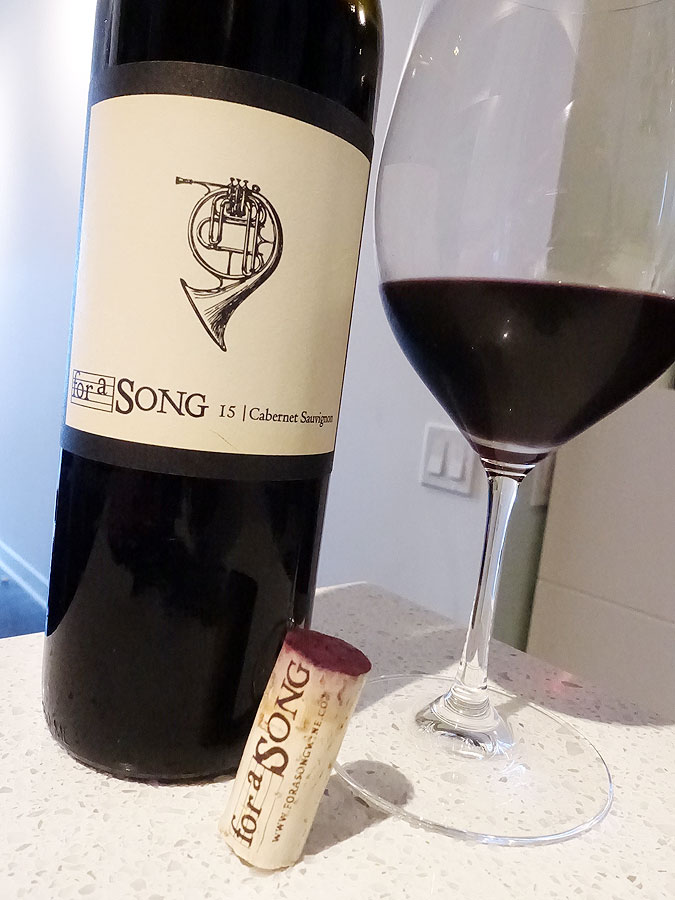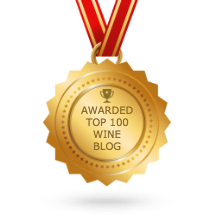The main theme of the upcoming August 3, 2019 LCBO VINTAGES Release is titled "Taste Trends" and focuses on European wines that represent four current taste trends, while the mini-theme looks at wines from South Africa. All of these wines, plus those from the rest of the Release will arrive on LCBO VINTAGES by this Saturday.
We'll begin with the main theme that looks at four trends among European wines. Of the fifteen wines featured, just two are included among top wine picks and both are from the first trend that states that rosé wines are being enjoyed more and more all-year-round - instead of only during the spring and summer months. I am definitely on-board with this trend and enjoy having rosé during the colder months. Both of these rosés are from Provence and can be enjoyed any time of the year - the first is the Perle de Roseline Rosé, while the second wine is from Château la Tour de l’Évêque and is a blend of eight varietals - 41% Cinsault, 29% Grenache, 18% Syrah, 6% Rolle, 2% Mourvèdre, 2% Ugni Blanc, 1% Cabernet Sauvignon and 1% Sémillon.
The South African mini-theme lists eight wines, of which four are included among my top wine recommendations from South Africa. First up is a Shiraz that was sourced from the southernmost vineyards in Africa. The country is also known for producing quality Chenin Blanc, and the version in this Release is from South Africa's highest altitude vineyards - approximately 1,000 m above sea level. There's also an elegant Chardonnay, while the excellent Cabernet Sauvignon is one of my top wines of the Release.
From the rest of the Release and among my top red wine picks, the Atemporal from Argentina is a blend of 60% Malbec, 25% Cabernet Sauvignon, and 15% Petit Verdot. From Portugal, the Beira Interior red is a blend of Tinta Roriz, Trincadeira, and Tinta Barroca, while the Dão red consists of Touriga Nacional and Alfrocheiro. Lastly, the baby Ornellaia is a blend of 50% Merlot, 30% Sangiovese, and 20% Cabernet Sauvignon, while the lovely Bordeaux red is a blend of 70% Merlot and 30% Cabernet Franc.
Among my white wine picks from the rest of the Release, the Bourgogne is made with Chardonnay, while the Lugana from Lombardy is made with Turbiana / Trebbiano di Lugana, also known as Verdicchio. From Loire, the Saumur is actually made with Chenin Blanc, while the Sancerre is, of course, made with Sauvignon Blanc. For those that prefer sweeter wines, you can enjoy the Riesling from Alsace.
Enjoy my wine recommendations from this Release! Cheers!
We'll begin with the main theme that looks at four trends among European wines. Of the fifteen wines featured, just two are included among top wine picks and both are from the first trend that states that rosé wines are being enjoyed more and more all-year-round - instead of only during the spring and summer months. I am definitely on-board with this trend and enjoy having rosé during the colder months. Both of these rosés are from Provence and can be enjoyed any time of the year - the first is the Perle de Roseline Rosé, while the second wine is from Château la Tour de l’Évêque and is a blend of eight varietals - 41% Cinsault, 29% Grenache, 18% Syrah, 6% Rolle, 2% Mourvèdre, 2% Ugni Blanc, 1% Cabernet Sauvignon and 1% Sémillon.
The South African mini-theme lists eight wines, of which four are included among my top wine recommendations from South Africa. First up is a Shiraz that was sourced from the southernmost vineyards in Africa. The country is also known for producing quality Chenin Blanc, and the version in this Release is from South Africa's highest altitude vineyards - approximately 1,000 m above sea level. There's also an elegant Chardonnay, while the excellent Cabernet Sauvignon is one of my top wines of the Release.
From the rest of the Release and among my top red wine picks, the Atemporal from Argentina is a blend of 60% Malbec, 25% Cabernet Sauvignon, and 15% Petit Verdot. From Portugal, the Beira Interior red is a blend of Tinta Roriz, Trincadeira, and Tinta Barroca, while the Dão red consists of Touriga Nacional and Alfrocheiro. Lastly, the baby Ornellaia is a blend of 50% Merlot, 30% Sangiovese, and 20% Cabernet Sauvignon, while the lovely Bordeaux red is a blend of 70% Merlot and 30% Cabernet Franc.
Among my white wine picks from the rest of the Release, the Bourgogne is made with Chardonnay, while the Lugana from Lombardy is made with Turbiana / Trebbiano di Lugana, also known as Verdicchio. From Loire, the Saumur is actually made with Chenin Blanc, while the Sancerre is, of course, made with Sauvignon Blanc. For those that prefer sweeter wines, you can enjoy the Riesling from Alsace.
Enjoy my wine recommendations from this Release! Cheers!
Red Wine:
- ALMEIDA GARRETT ENTRE SERRAS 2015 - DOC Beira Interior, Portugal (#646919) (XD) - $12.95 88 pts wine review
- ARGENTO RESERVA CABERNET FRANC 2015 - Mendoza, Argentina (#668335) (XD) - $14.95 88 pts wine review
- STRANDVELD FIRST SIGHTING SHIRAZ 2016 - WO Cape South Coast, South Africa (#652693) (XD) - $14.95 88 pts wine review
- INSURGENTE VINHO TINTO 2015 - DOC Dão, Portugal (#630947) (XD) - $17.95 89 pts wine review
- LAURENT PERRACHON ROCHE BLEUE JULIÉNAS 2016 - AC, Beaujolais, France (#487165) (XD) - $20.95
- ALTA VISTA ATEMPORAL 2015 - Albaneve Vineyard, Uco Valley, Mendoza, Argentina (#144352) (XD) - $22.95
- LE VOLTE DELL’ORNELLAIA 2017 - IGT Toscana, Italy (#964221) (XD) - $29.95 90 pts wine review
- CHÂTEAU BEAUSÉJOUR 2015 - AC Puisseguin-Saint-Émilion, Bordeaux, France (#644708) (XD) - $37.95 91 pts wine review
- SPIER 21 GABLES CABERNET SAUVIGNON 2014 - WO Stellenbosch, South Africa (#651810) (XD) - $39.95 92 pts wine review
- SILVIO NARDI BRUNELLO DI MONTALCINO 2013 - DOCG, Tuscany, Italy (#922054) (XD) - $50.95 92 pts wine review
White Wine:
- BLASON DE BOURGOGNE 2016 - AC Mâcon-Villages, Burgundy, France (#648451) (XD) - $17.95 88 pts wine review
- CHÂTEAU DE MONTGUÉRET 2017 - AP Saumur, Loire, France (#667527) (XD) - $17.95 88+ pts wine review
- CEDERBERG CHENIN BLANC 2018 - WO Cederberg, South Africa (#651711) (XD) - $18.95 89 pts wine review
- DELTA ESTATE CHARDONNAY 2017 - Marlborough, South Island, New Zealand (#149542) (XD) - $19.95 89 pts wine review
- DE WETSHOF LESCA ESTATE CHARDONNAY 2018 - WO Robertson, South Africa (#355438) (XD) - $24.95 91 pts wine review
- CHARLES SPARR GRAND CRU SCHOENENBOURG RIESLING 2012 - AC Alsace Grand Cru, France (#667279) (M) - $24.95 FE
- TENUTA ROVEGLIA VIGNE DI CATULLO RISERVA LUGANA 2014 - VQPRD, DOC, Lombardy, Italy (#437004) (D) - $26.95
- CLOSSON CHASE VINEYARD CHARDONNAY 2017 - VQA Prince Edward County, Ontario, Canada (#148866) (D) - $29.95
- PASCAL JOLIVET SANCERRE 2018 - AC, Loire, France (#264945) (XD) - $31.95
Rosé Wine:
- CHÂTEAU VAL-JOANIS TRADITION ROSÉ 2018 - AP Luberon, Rhône, France (#707281) (XD) - $16.95
- MALIVOIRE VIVANT ROSÉ 2018 - VQA Beamsville Bench, Niagara Escarpment, Ontario, Canada (#498535) (XD) - $19.95 90 pts wine review
- PERLE DE ROSELINE ROSÉ 2018 - AP Côtes de Provence, France (#667345) (XD) - $19.95 89 pts wine review
- CHÂTEAU LA TOUR DE L’ÉVÊQUE ROSÉ 2018 - AC Côtes de Provence, France (#319392) (XD) - $19.95 90 pts wine review
- CHÂTEAU PIGOUDET CLASSIC ROSÉ 2018 - AP Coteaux d'Aix en Provence, France (#668434) (XD) - $24.95 91 pts wine review


